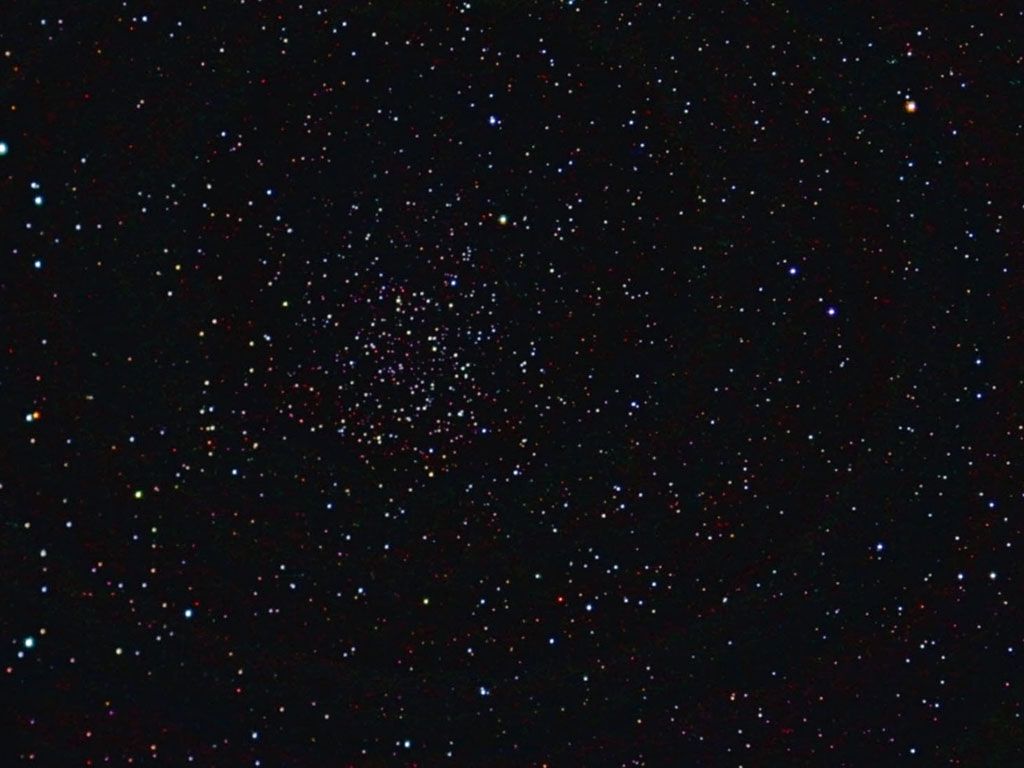What Happened to the Stars?
 Outdoor Afro contributor, Roger Porter reflects on how the night sky in his old Oakland neighborhood has changed, and the key role stars played for runaway slaves and in African antiquity.
Outdoor Afro contributor, Roger Porter reflects on how the night sky in his old Oakland neighborhood has changed, and the key role stars played for runaway slaves and in African antiquity.
There are theories that credit ancient Egyptian advanced knowledge of astronomy for helping to create the Great Pyramid of Giza, the oldest of the Seven Wonders, and known for 3,800 years as the tallest man-made structure in the world. It is said that the Egyptians were able to accomplish this feat by aligning the corners of the massive stone structure with the burning stars that served as the chief architect for the project.
When I was a little boy my family used to live on 90th Avenue in deep East Oakland, CA. There were eight of us: my brother, sister, mother, uncle, aunty, two cousins, and I living in an old pink two-story house. Even though the pink paint was peeling, the structure was falling apart, and we lived in the middle of a notorious ghetto, I still consider the years that I spent there to be the most joyous of my life.

Summertime was the best.
I remember going to the corner store and buying 10 cent Otter Pops and Jolly Ranchers, water balloon fights, cold pineapple Crush sodas, and young girls playing double-dutch.
I also remember going out on the porch at night, looking straight up into the open expanse and having my older cousin extend his fingers to the sky and point out every constellation.
“That’s Orion’s Belt right there! Oooh and you see that? That’s the Big Dipper.”
There would be shooting stars, twinkling stars, and little stars right next to stars that looked huge by comparison. But today, when I look up in the night sky above Oakland, there only seem to be a few points of scattered light.
It is said the reason for this may be light pollution—which basically means that all the new street lights and traffic signals that have been installed over the past 25 years, in addition to all the new light bulbs burning in all the newer homes, produce a tremendous accumulative glow that prevents people in an urban metropolis from seeing the stars.
It makes me wonder how runaway slaves might find their way under this new sky with so many the stars blanketed in man-made light? What would those brave souls who followed the North Star for hundreds of miles do if they knew that their descendants wouldn’t even be able to see the very thing that guided them to freedom?
It saddens me that the once electric, urban summer sky now seems blank and generic. I miss the constellations; that old house in East Oakland, and youthful innocence. I suppose it should make me feel a little better knowing that even though I can’t see the stars they are still there—but it doesn’t. For if we cannot see them then they are as good as gone.

Roger Porter is a writer and educator from Oakland, CA USA whose first book, “The Souls of Hood Folk,” is available at lulu.com. He has a degree in English from UC Berkeley and an MFA in Creative Writing from Mills College. He describes himself as “An average everyday man from East Oakland who writes about average everyday hood life.”

